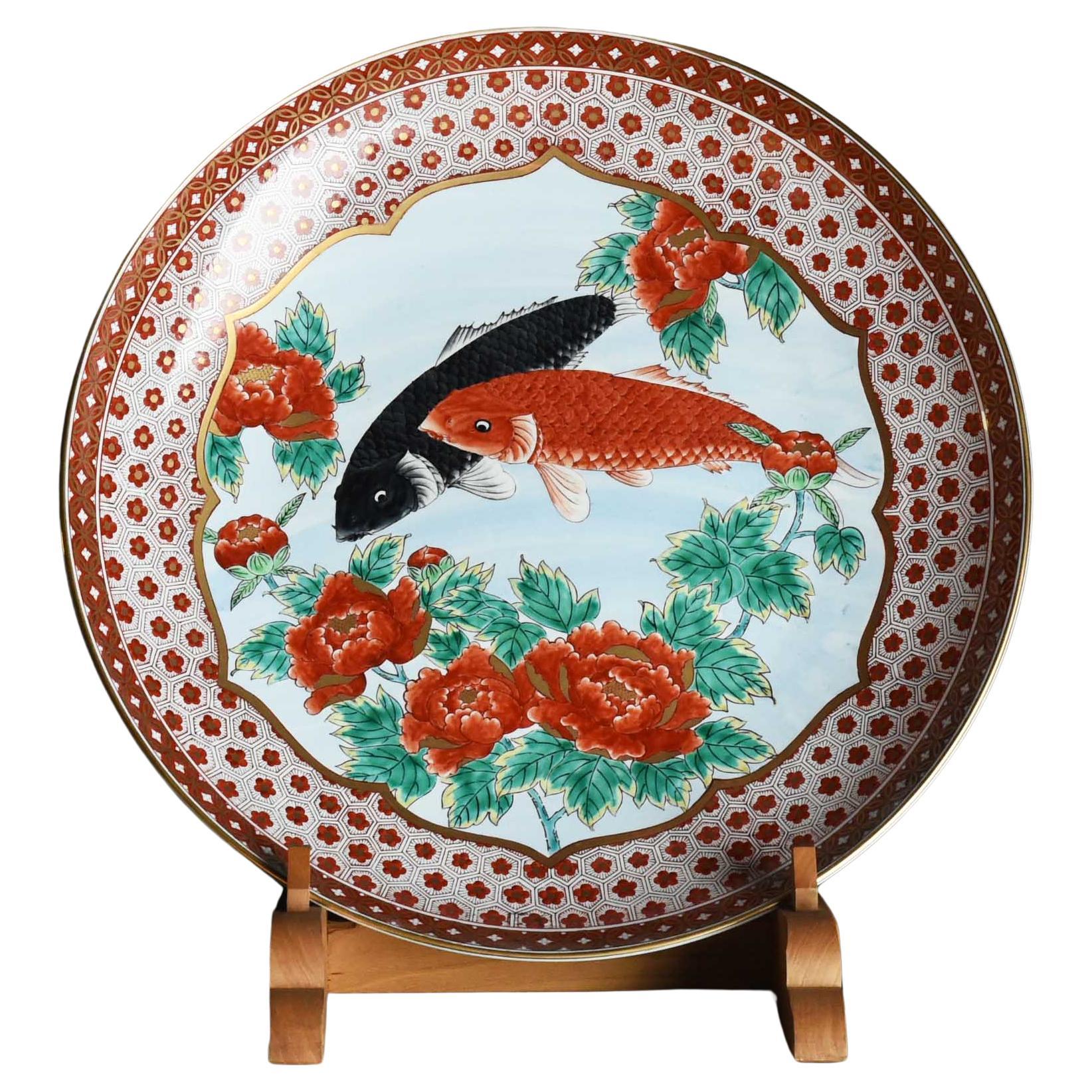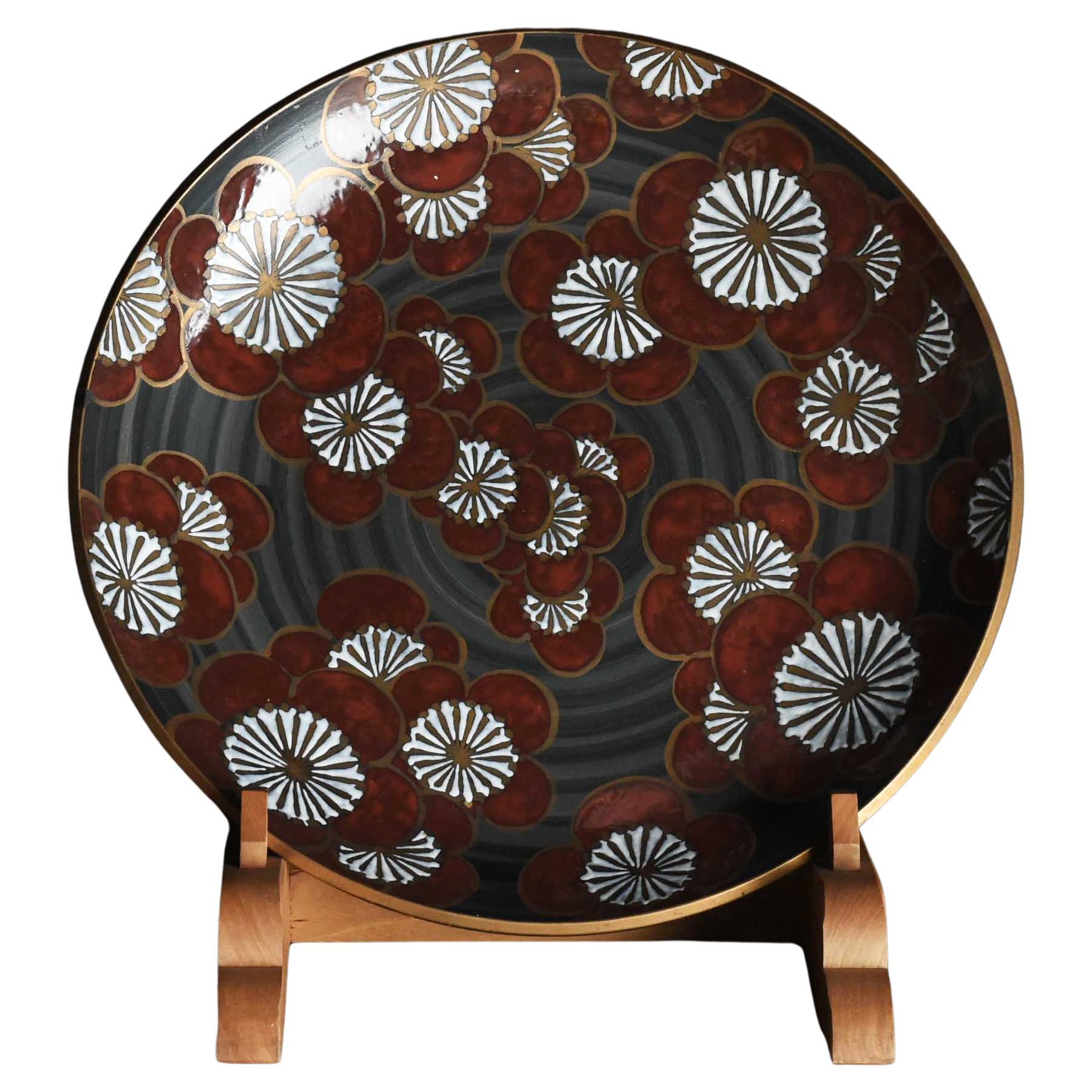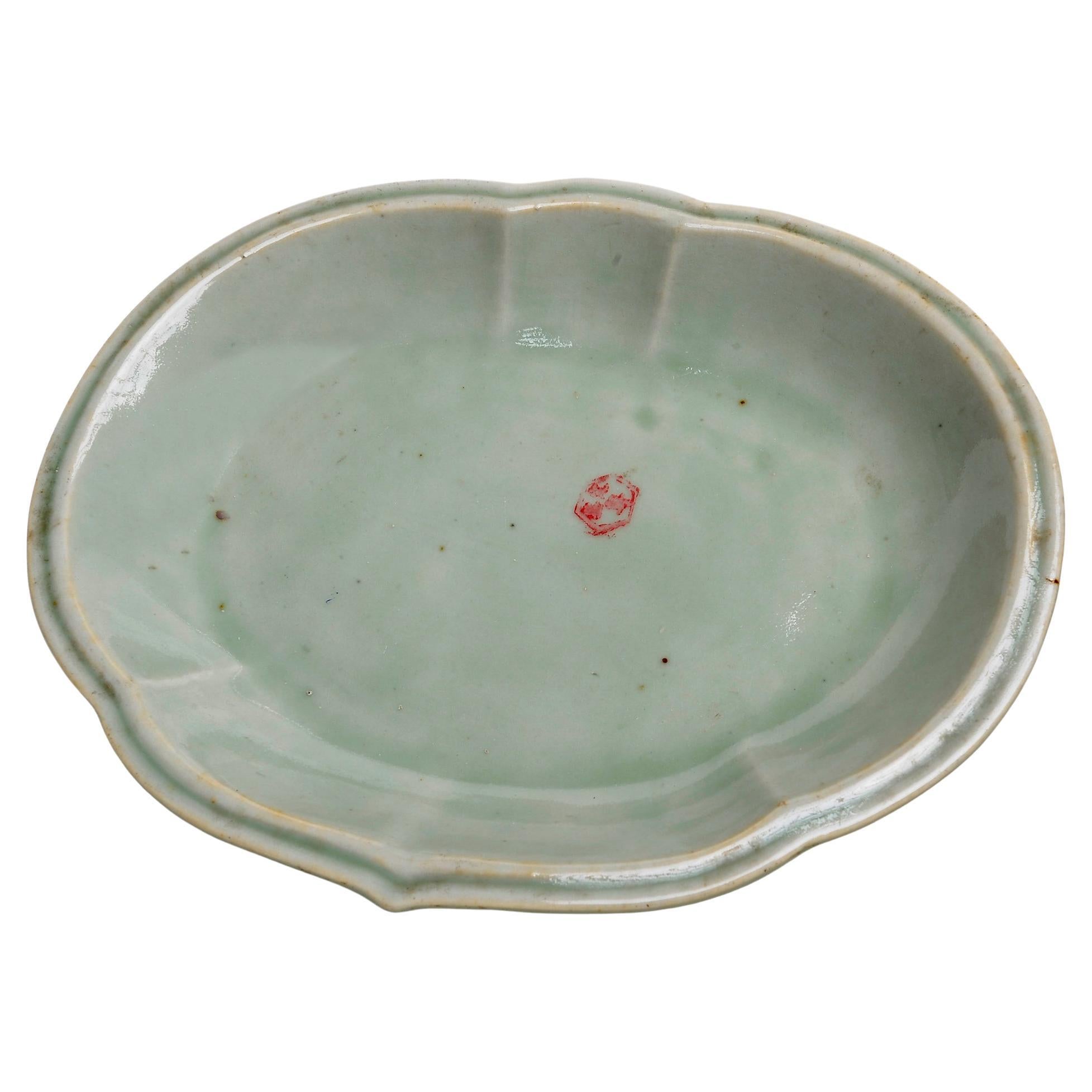Items Similar to Chinese "Seikai Karakusa" Handmade 40cm plate
Want more images or videos?
Request additional images or videos from the seller
1 of 7
Chinese "Seikai Karakusa" Handmade 40cm plate
About the Item
Hand-drawn. The kiln name Jingdezhen refers to the top ceramic producing city in northeast Jiangxi Province, China.
The Seikai karausa (Qinghai tangcao), a motif featuring a creeping plant with stems and leaves intertwining to form graceful curves, represents the auspicious meanings of prosperity and longevity due to its robust life force that spreads and grows without interruption. The pattern is based on the grass motifs found on the ruins of ancient Greek temples and structures, such as the Achaean columns.
- Similar to:Arita (Artist)
- Dimensions:Height: 2.37 in (6 cm)Diameter: 15.75 in (40 cm)
- Style:Chinese Export (In the Style Of)
- Materials and Techniques:
- Place of Origin:
- Period:
- Date of Manufacture:1950-1960s
- Condition:
- Seller Location:Shibuya City, JP
- Reference Number:1stDibs: LU9752239839922
About the Seller
New to 1stDibs
Joined in the past six months.
No Reviews Yet
Vetted Seller
These experienced sellers undergo a comprehensive evaluation by our team of in-house experts.
1stDibs seller since 2024
- ShippingRetrieving quote...Ships From: Shibuya City, Japan
- Return PolicyA return for this item may be initiated within 14 days of delivery.
More From This SellerView All
- Japanese Arita "Koie" Handmade large plateBy AritaLocated in Shibuya City, JPHand-drawn. Decorative plates incorporate traditional designs that reflect the changing seasons. While staying true to tradition, new expressions suitable for the times are sought, a...Category
Mid-20th Century Japanese Japonisme Ceramics
MaterialsCeramic, Porcelain
- Japanese Arita "Akadamiume 15 Gou" Handmade ornamental plateBy AritaLocated in Shibuya City, JPHand-drawn. The plum blossom is a motif that symbolizes patience, vitality, and the celebration of the New Year.Category
Antique Mid-19th Century Japanese Japonisme Ceramics
MaterialsCeramic, Porcelain
- Japanese Arita "Kinrante Houou 30 Gou" Handmade large plateBy AritaLocated in Shibuya City, JPHand-drawn. The phoenix is a symbol of peace and happiness, and is considered auspicious. Kinran-de is a technique that originated during the prosperous Genroku period of the Edo er...Category
20th Century Japanese Japonisme Ceramics
MaterialsCeramic, Porcelain
- Japanese Arita "Gokujou Madorikachou 18 Gou" handmade large plateBy AritaLocated in Shibuya City, JPUsing a technique called "dami-e," the artist applies a heavy pigment to a large brush and paints onto the fabric, allowing the pigment to soak into the material as they work.Category
Mid-20th Century Japanese Japonisme Ceramics
MaterialsCeramic, Porcelain
- Japanese Arita "Fuchijimon Kujaku 20 Gou" Handmade large plateBy AritaLocated in Shibuya City, JPHand-drawn. Peacocks are used to symbolize disaster avoidance and prosperity for descendants, making them a perfect subject for the world of decorative beauty. These dishes, rich in ...Category
Mid-20th Century Japanese Japonisme Ceramics
MaterialsCeramic, Porcelain
- Japanese Arita "Suichuuka" Handmade vaseBy AritaLocated in Shibuya City, JPHand-drawn. Imagine a flower blooming in a vessel filled with water.Category
Mid-20th Century Japanese Japonisme Ceramics
MaterialsCeramic, Porcelain
You May Also Like
- Shaped Antique Oval Chinese PlateLocated in Alessandria, PiemonteShaped antique oval Chinese plate from my private collection: simply elegant, for any use on any table. It's one of my private collection, about 35 years...Category
Antique Late 19th Century Chinese Chinese Export Ceramics
MaterialsCeladon
- Chinese Enameled Four Seasons Plate, c. 1900Located in Chicago, ILPainted with overglaze enamels in the famille rose style, this small porcelain dish is decorated with a common motif of four flowers symbolizing the seasons. The lotus represents sum...Category
Antique Late 19th Century Chinese Chinese Export Ceramics
MaterialsPorcelain
- 20th Century, Chinese Porcelain PlatesLocated in Miami, FL20th century, Chinese porcelain platesCategory
Mid-20th Century Chinese Chinese Export Ceramics
MaterialsCeramic
- Pair Chinese Export Yongzheng Famille Rose Plates, circa 1730, ChinaLocated in Austin, TXA gorgeous pair of 18th century Chinese Export porcelain plates decorated in stunning famille rose enamels, Yongzheng Period, circa 1730, China. The small plates decorated in bright and bold famille rose enamels, with pink dominating the color palette. The center of the plates featuring large floral sprays featuring magnolia and peony blossoms among other flowering plants. The rims of the plates with alternating half blossoms of pink magnolia and pink lotus against a dense diaper ground. Gilt painted ribbons scroll around the rim and down the cavetto, holding peaches and Daosit emblems, including castanets, a flute, a drum, and a ruyi scepter...Category
Antique Early 18th Century Chinese Chinese Export Ceramics
MaterialsPorcelain
- Pair Chinese Export Porcelain Permbridge Armorial Plates, mid 18th c, ChinaLocated in Austin, TXA lovely pair of Chinese export famille rose enameled porcelain armorial plates, mid 18th century, China. The plates of unusual octagonal form with scalloped corners. The center of ...Category
Antique Mid-18th Century Chinese Chinese Export Ceramics
MaterialsPorcelain
- Set of 4 Chinese Export Porcelain Celadon PlatesLocated in Philadelphia, PAA fine set of 4 antique Chinese porcelain celadon plates. Each with a raised depictions of birds, bugs, and butterflies surrounded by pink, orange, and green foliage against a celad...Category
Early 20th Century Chinese Chinese Export Ceramics
MaterialsCeladon
Recently Viewed
View AllMore Ways To Browse
Ancient Greek Ceramics
Arita Porcelain Plate
Arita Plate
Ancient Chinese Porcelain
Vintage Chinese Porcelain Plate Plates
Vintage Asian Ceramics Plates
Retro Chinese Porcelain Plates
Arita Kilns
Blue And White Asian Vase
Floral Japan Porcelain
Meiji Arita
Pair Of Antique Asian Vases
Chinese Porcelain Dragon
19th Chinese Famille
Qianlong China
Chinese Qianlong
Porcelain Roses
Qing Dynasty Chinese Export Furniture





